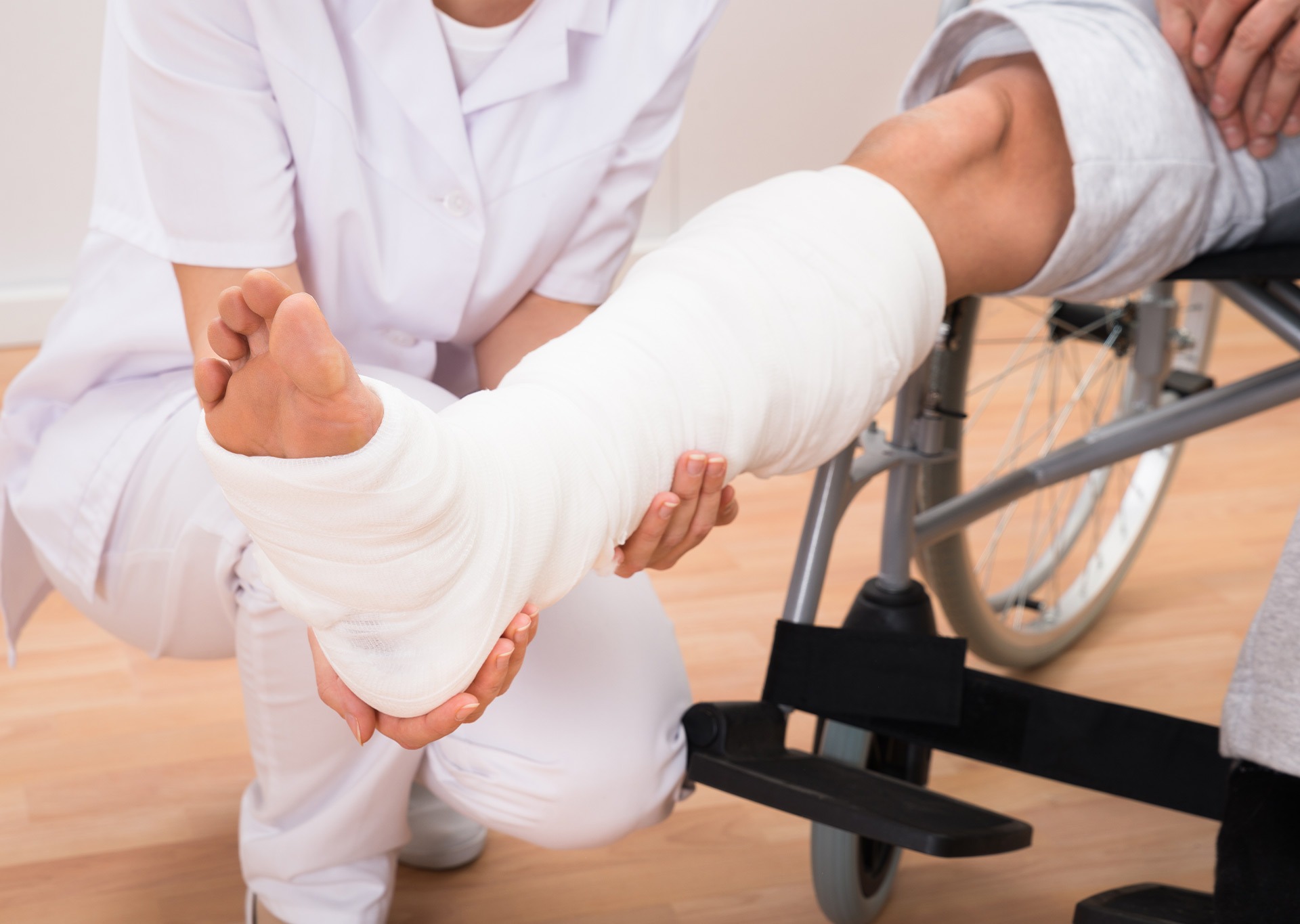
How to adapt to a wheelchair after an injury or surgery
Adapting to a wheelchair after an injury or surgery: a practical guide to regaining independence
Adapting to using a wheelchair after an injury or surgery can be a complex process, both physically and emotionally. This new reality presents challenges, but also opportunities to rediscover autonomy and build a fulfilling life. In this article, we offer practical strategies to facilitate this transition, take care of your well-being, and face change with confidence and resilience.
- Understanding the adaptation process
Accepting a new form of mobility requires time, patience, and an open mind. It is not just about learning to use a wheelchair, but recognising that adaptation is a gradual process. Here are some tips for making the transition more comfortable:
- Listen to your body: It is normal to feel uncomfortable or insecure at first. Pay attention to signs of pain or fatigue and adjust your pace accordingly.
- Familiarise yourself with your equipment: Learn how to use the brakes, wheels, armrests and other components. The more you know about your wheelchair, the greater your independence will be.
- Accept the learning curve: Don’t compare yourself to others or demand immediate results. Each person has a unique adaptation process.
- Seek professional guidance: An occupational therapist can help you customise the use of your wheelchair and give you specific advice based on your physical needs.
Being kind to yourself from the start can make a big difference in how you adjust.
- Ensure posture and comfort
Physical well-being in a wheelchair depends largely on posture and ergonomics. Maintaining proper posture not only improves your daily comfort, but also prevents long-term muscle complications:
- Custom adjustments: Check that the footrests, armrests, and backrest are properly adjusted to your body.
- Add supports: Orthopaedic cushions or pads can prevent chafing, improve alignment, and reduce pressure on sensitive areas.
- Check your position regularly: Throughout the day, change your posture and check if you need to make small adjustments.
- Consult a posture specialist: Rehabilitation professionals can help you avoid poor posture and chronic pain.
A comfortable wheelchair is not a luxury, but an essential tool for an active and healthy life.
- Managing the emotional impact
The emotional aspect of this adaptation is as important as the physical one. Changing the way you move can generate intense emotions, ranging from frustration to sadness or anxiety. Facing them with compassion and support can make the journey easier:
- Talk about how you feel: Sharing your emotions with trusted individuals, therapists, or support groups can help you process the change.
- Avoid isolation: Stay connected with friends, family, or communities that understand your situation.
- Recognise your progress: Every small achievement counts. Celebrating your progress will motivate you to keep going.
- Create routines that nurture your well-being: Engage in activities you enjoy, maintain a balanced diet, and prioritise rest.
You are not alone in this process. Taking care of your emotional health is an essential part of the journey towards a fulfilling life with reduced mobility.
- Promoting daily independence
A wheelchair should not be seen as a limitation, but rather as a tool for regaining independence. Learning to move around with confidence can give you back control over many areas of your life:
- Explore your abilities: Little by little, try doing tasks such as getting dressed, preparing food, or moving around the house.
- Use assistive devices: There are adapted accessories that can make many everyday activities easier.
- Set realistic goals: Set achievable goals and move forward step by step. This will boost your self-esteem and sense of accomplishment.
- Adapt your environment: Make sure the spaces you use are accessible and functional for you.
Independence is not achieved overnight, but with practice and planning, it becomes a possible reality.
- Having a support network
No one should go through this process alone. Having people who support you—whether professionally, emotionally, or practically—can make a big difference:
- Ask for help when you need it: It is not a sign of weakness, but of wisdom.
- Inform those around you: Teach those around you how they can help you without taking away your independence.
- Connect with other wheelchair users: Hearing about similar experiences can inspire you and give you new ideas for facing your challenges.
- Consult local resources: There are rehabilitation services, technical assistance, and associations that can guide you through your process.
A strong network can give you the confidence and peace of mind you need to move forward with greater assurance.
Conclusion
Adapting to using a wheelchair is a profound experience that requires acceptance, learning, and ongoing support. By understanding the process, taking care of your body, nurturing your emotional well-being, and fostering your independence, you can regain control of your life and live it to the fullest. Remember: every step, no matter how small, brings you closer to a stronger, more resilient, and more autonomous version of yourself.








